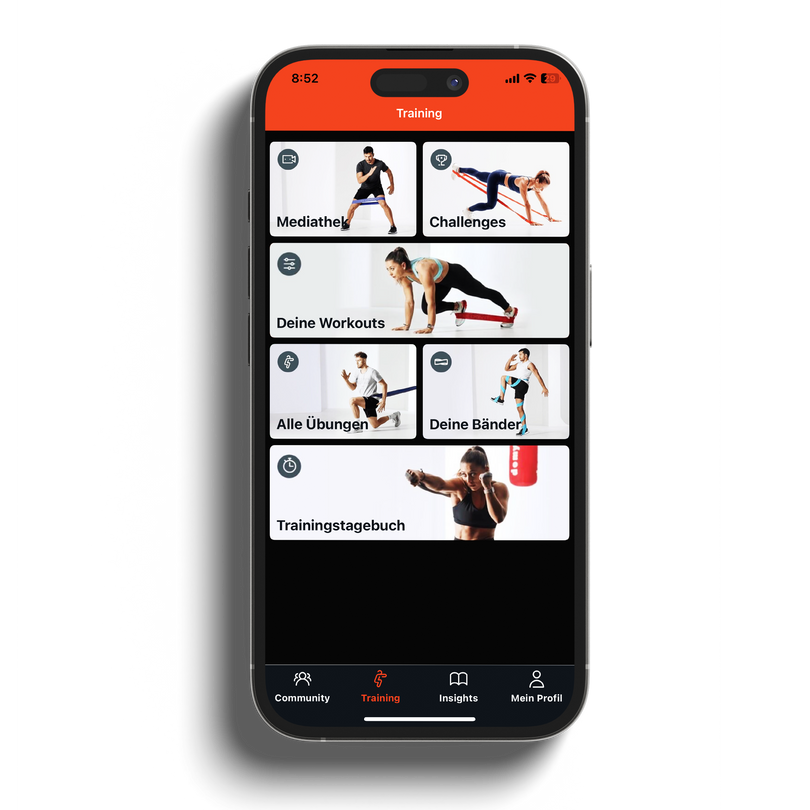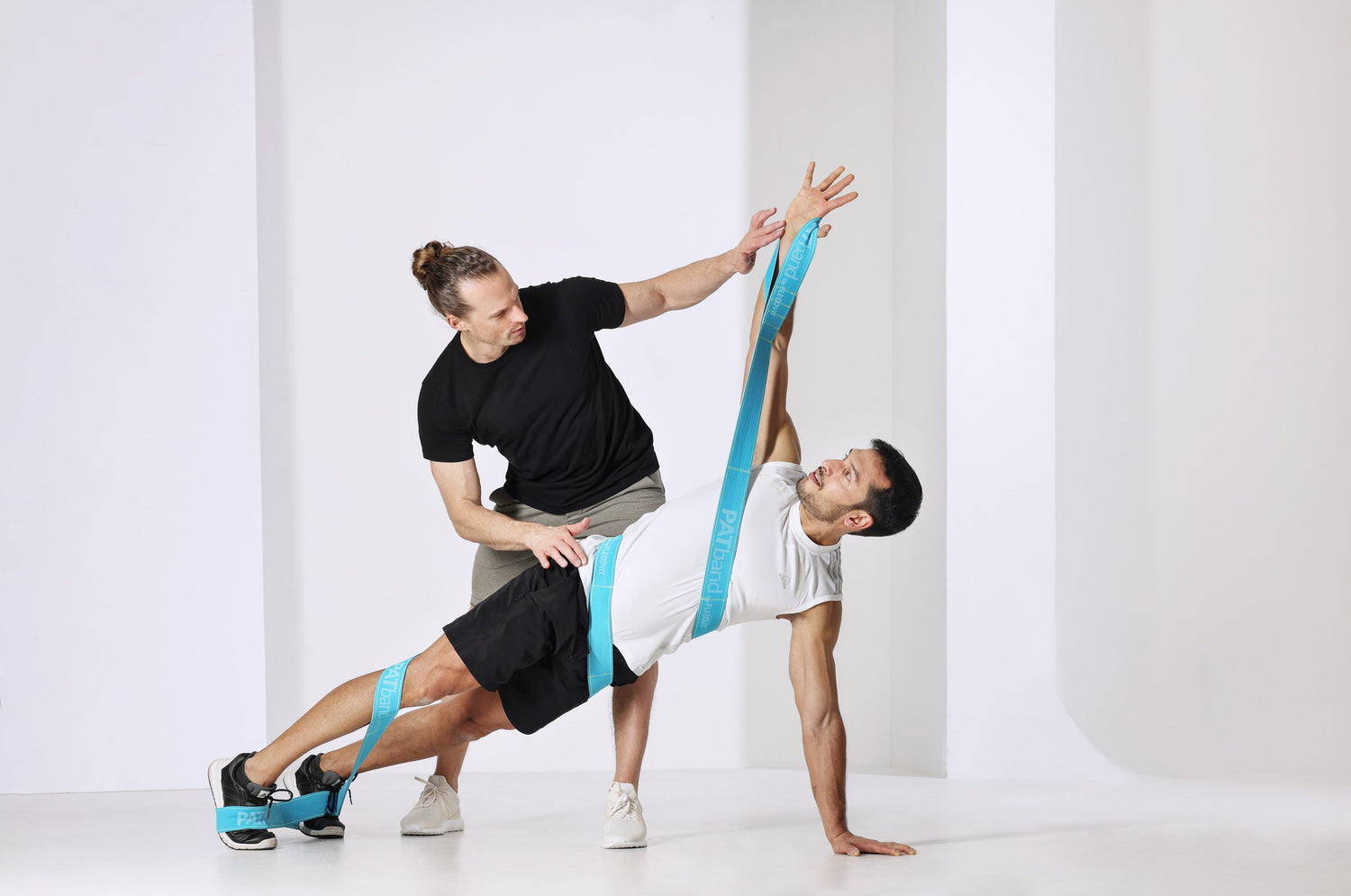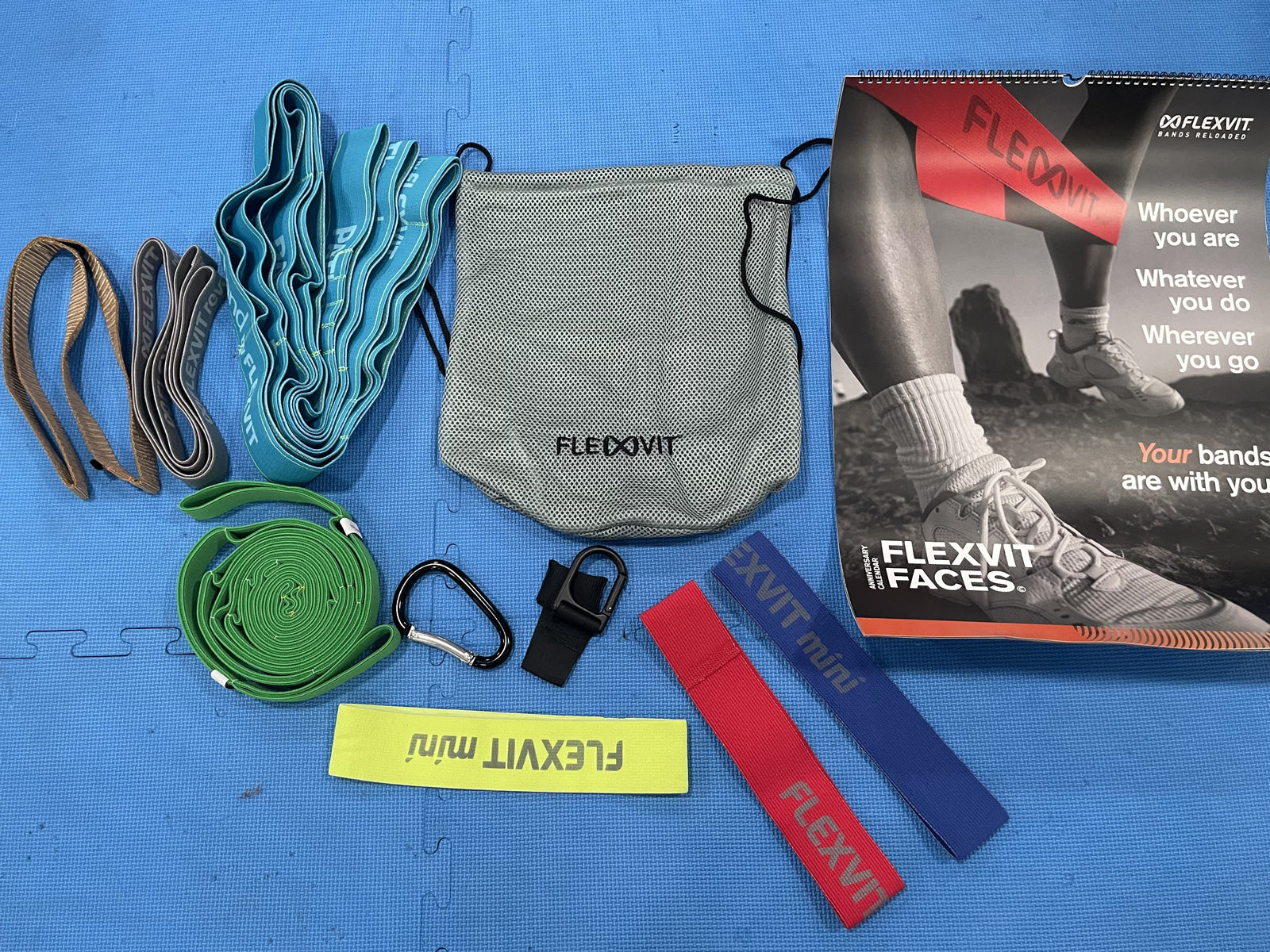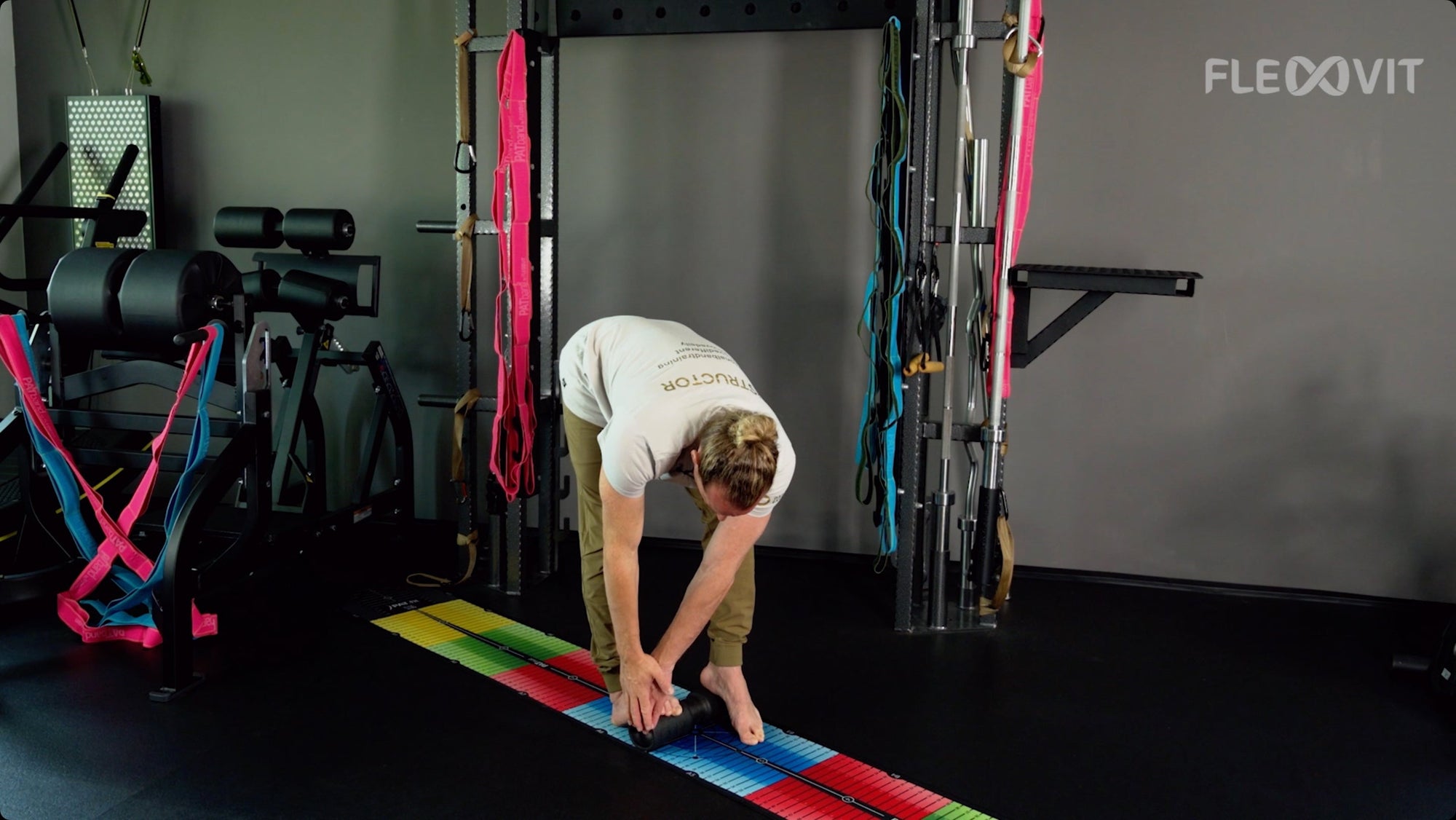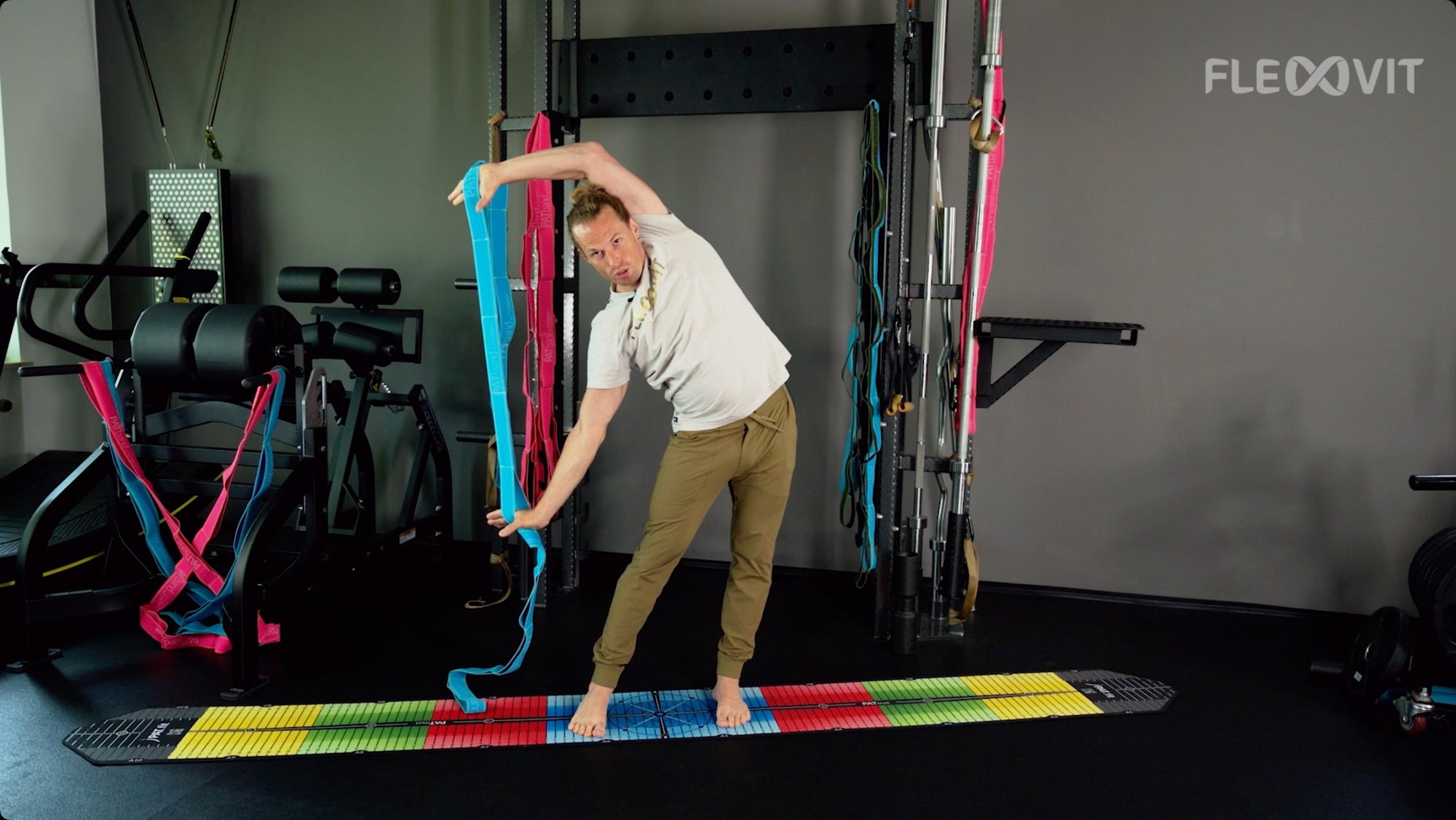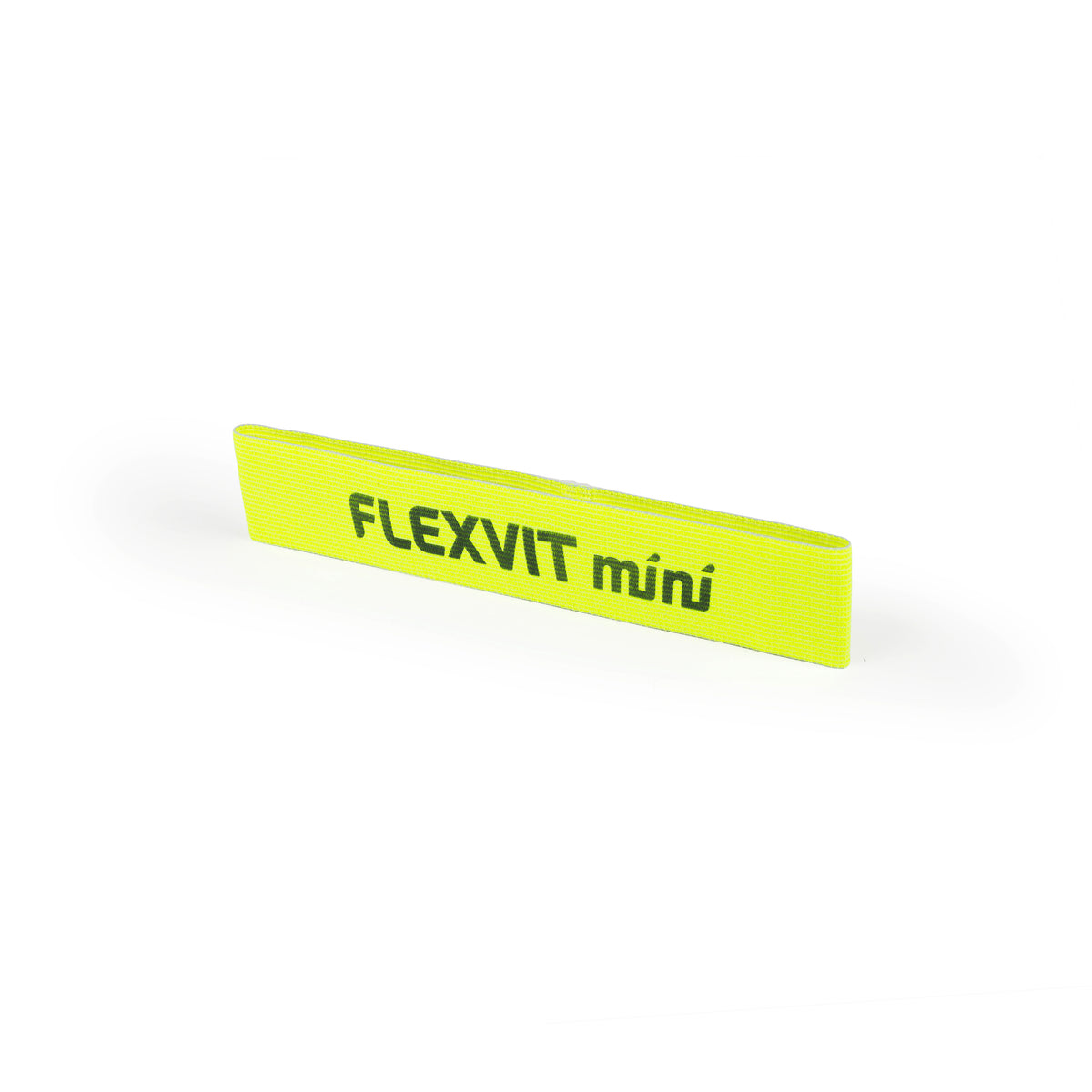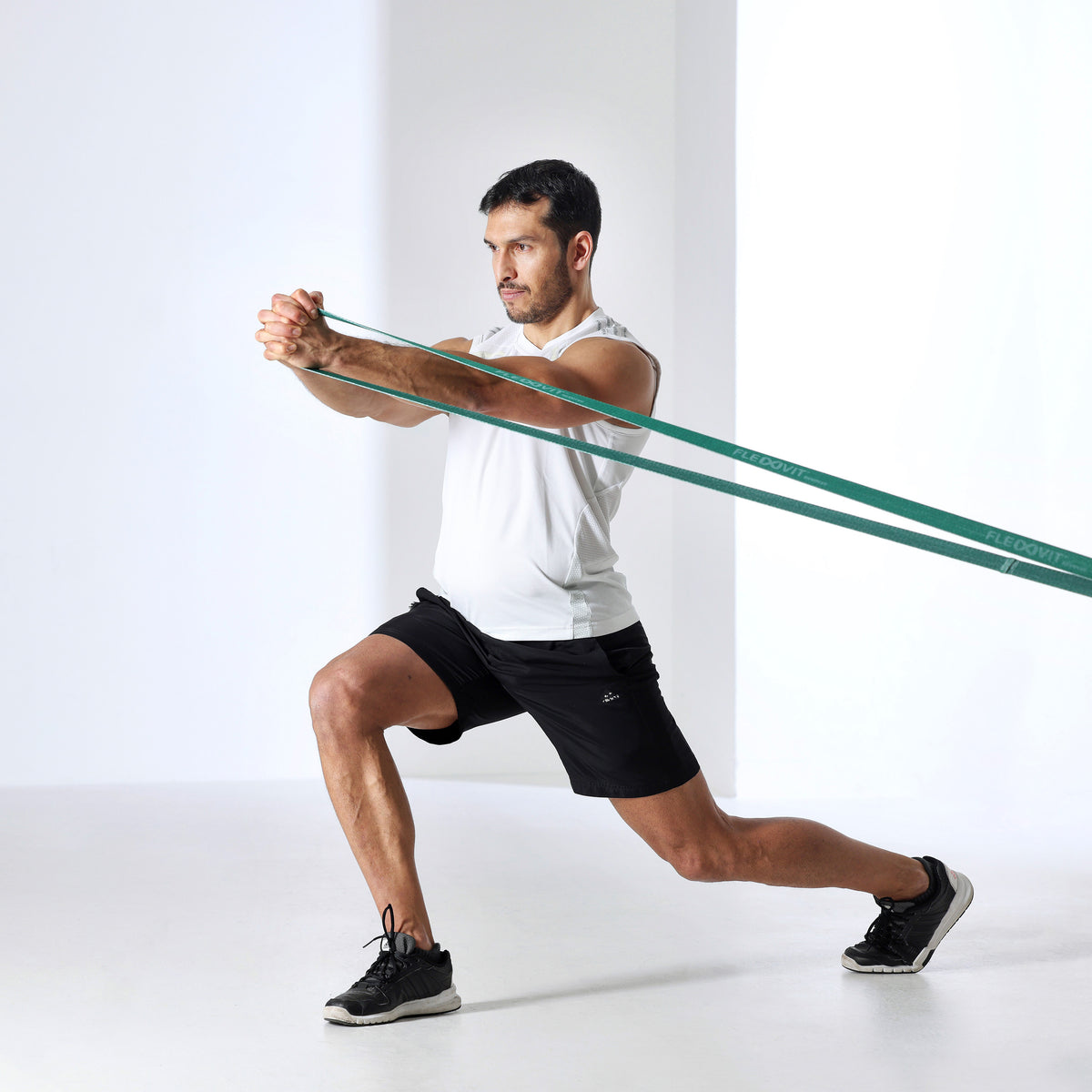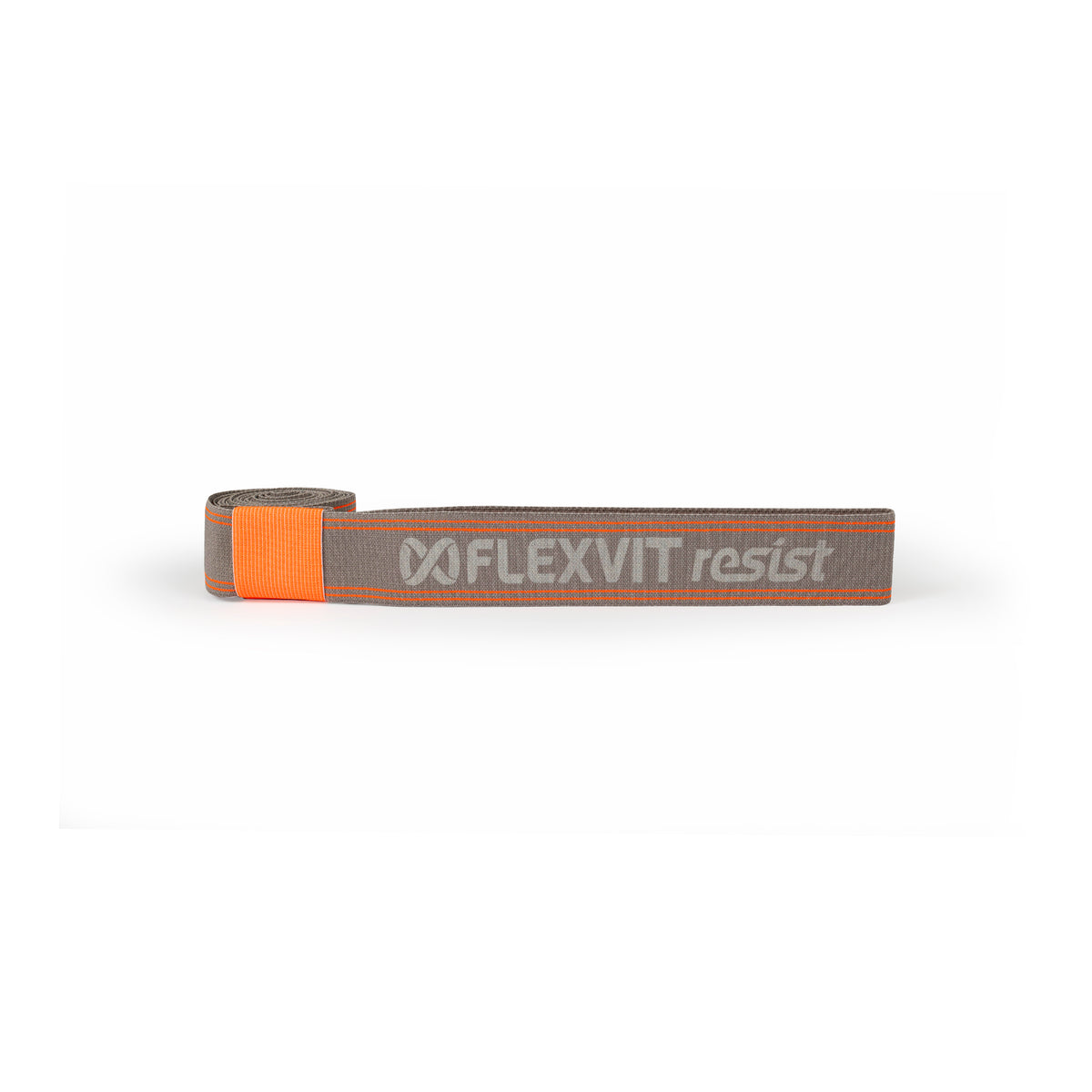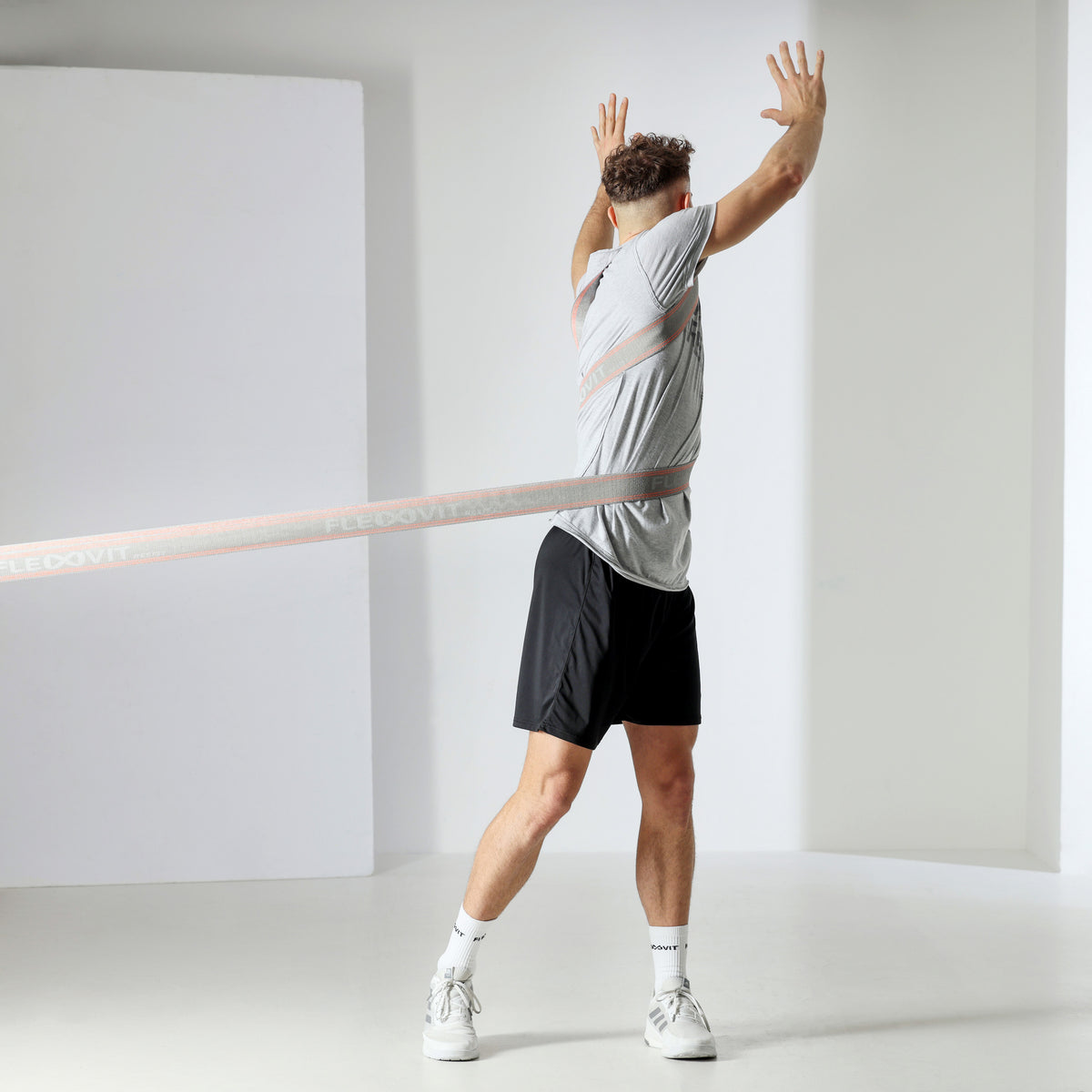The fact that sport and physical activity have numerous protective (preventive) and healing (rehabilitative) effects on the human body is a knowledge that was already taught as wisdom in ancient Greece at the schools of philosophy of Plato and Aristotle. Many people today go to a gym for fitness training in order to be able to use the training infrastructure available there and to get exercise and distraction. Training there often takes place on equipment that many people find privately to be overpriced and takes up too much space. The question can legitimately be asked why it should be necessary to do sports exercises exclusively on heavy and bulky equipment in order to feel stronger, fitter and lighter and to strengthen your own body stability and coordination?
In order to get closer to an answer to this question, the so-called band-assisted training (FBT) will be discussed in more detail below as an alternative to training on conventional fitness machines.
Why do we talk about Functional Band Training?
When we talk about the topic of Functional Band Training (FBT), the question might arise as to why we call this type of training functional when other training methods and equipment always emphasize resistance and only resistance training as the ultimate basis of training mention. This question is undoubtedly justified and we will explain below why training with so-called “fitness bands” enables optimal functional training.
Functional training has its origins in the 1990s, when people began to no longer look at the performance of individual muscles and joints in isolation, but rather to understand movement sequences as a result of the interaction of different muscle groups, joints, tendons and ligaments. According to this understanding, the goal is not to train the muscle, but to improve the quality of movement, although the fact that the muscle is also trained can be understood as a secondary effect. In this context, functional training stands for purposeful training. FBT does not strain and train individual muscles, but rather so-called “muscle chains and slings”.
This particularly influences how the corresponding functionalities are implemented in everyday life. In this respect, increasing the quality of movement helps to carry out movements more safely and economically, which plays a role well into old age, for example when it comes to preventing falls in seniors.
On the one hand, a fitness band supports the trainee in training in the same way as any other aid does, depending on the respective exercises. Viewed purely as sports equipment, it serves as an aid to carrying out a sporting exercise.
On the other hand, a band has properties that make training much more customizable compared to conventional fitness equipment. This is because bands can not only be used to make training more intense and strenuous. With their pulling properties, bands can also be used to make the training itself easier and less strenuous; and this applies to a wide variety of exercises (such as push-ups, pull-ups or one-legged squats). Accordingly, the intensity of stress can be both reduced and increased using FBT, which also supports its use in the therapeutic area.
But not only the amount of force per unit of movement can be regulated, but also the speed of movement can be modulated via band-supported acceleration and deceleration.
In addition, the contractive (concentric) phase of pulling behavior can be used for eccentric exercises, which, according to the latest findings, promise a comparatively high increase in strength. Of course, the same applies the other way around: if you use the band to stretch (eccentrically), you are generally doing concentric exercises.
Advantages of functional band training compared to conventional dumbbell training
This special behavior of the band during loading and unloading results in various advantages of an FBT compared to conventional training with machines and weights.
First of all, the ascending and descending resistance when stretching and relaxing the fitness band increases the training resistance (workload) the further the stretch occurs, so that ultimately there is a maximum, individualized training load for the athletes. In contrast, when training with free weights, the workload only increases until about the middle of the training movement.
Furthermore, the relationship between workload and weight is approximately linear, while there are exponential intensity relationships for training with bands. These result in force and acceleration curves that correspond much more to the processes of natural body movements.
Since the bands help to apply the load in an anatomically and biomechanically adapted manner, exercises with fitness bands are much gentler on the joints than with conventional equipment and weights. This effect is further enhanced by the fact that the FBT can take place both synchronously and diachronically in all spatial directions (so-called multivector training).
In addition, compared to a weight bench, for example, fitness bands can be used for a much larger number of exercises, which further increases the customizability of fitness training so that ultimately all components of individual fitness and health can be trained as required.
The FBT is also much more likely to lead the trainees to understand their body as a holistic functional unit, since in order to control movement, resources of movement flexibility and coordination skills must also be mobilized, so that the FBT represents a holistic, integrating approach here.
The strengthening of the quality of movement is also conveyed by the fact that in FBT the greatest load is exerted where the neuromuscular structure is weakest, namely at the end of a movement sequence. FBT can also be understood as neuromuscular training.
In contrast to conventional equipment training (with the exception of some traction equipment), an FBT can also impart purely horizontal loads because it is independent of gravity (earth's gravity plays no role). Meanwhile, in classic dumbbell training you can only work with vertical, gravity-oriented loading directions.
In addition, the FBT offers the possibility of making the training easier (regression) or more difficult (progression) by choosing the grip width of the band (distance between fixation and holding point) and/or the distance from the center of the body. The rule is that the further the band is gripped and the closer to the body the exercise is, the easier the exercise is.
Advantages of functional band training in terms of use
However, the advantages of an FBT are not limited to sports medicine aspects or the aforementioned customizability. With fitness bands it is possible to train at any time and any place if desired. The bands themselves take up little space and are weight-saving; and the exercises with the bands can also be carried out in the smallest of spaces.
Compared to the monthly fee at a gym, fitness bands only cost a fraction, which is a strong economic advantage.
Last but not least, exercisers should also remember that it can be a strong source of self-motivation if they are able to take their fitness equipment with them everywhere and exercise: Where there is space to exercise, there is no longer any room for excuses not to do so do!
Limitations of functional band training
Like any other training method, FBT also has certain limits, the location of which depends on the individual training goal of the athlete. It has already been mentioned that FBT represents a holistic fitness approach that involves stressing the entire body. Accordingly, building larger muscle mass cannot be achieved with FBT alone; if this is the training goal, FBT should be combined with other approaches.
Furthermore, it is difficult to quantify the forces and accelerations exerted during an FBT, so that absolute training intensity cannot be quantified. However, this fact may be negligible for many recreational athletes.
It can be assumed that they are more interested in the sustainability of their purchase and in this regard it must be clearly stated that fitness bands can tear or break. However, this circumstance depends very much on the selection of the material and its processing, as large differences in quality arise in this way.
When producing our FLEXVIT bands, we had all of these advantages of functional band training in mind and paid attention to the quality of the materials as well as local and sustainable production.
Author: Tim Hüfner, developer of the FLEXVIT bands and managing director of Flexible Sports GmbH

